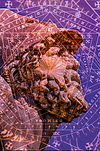Data ownership in Web 3.0
The internet has come a long way fast since its early days, evolving into an essential part of our lives. From Web 1.0 to Web 2.0 and now Web3.0.

The Evolution of the Internet and Ownership of Data in Web 3.0
The internet has come a long way since its early days, evolving into an essential part of our lives.
The progression can be broadly split into three stages:
Web1, Web2, and now, Web3. This article will help you understand the transition from Web 1 to Web 3, what sets it apart, and its groundbreaking benefits.
From Web1 to Web3: The Evolution of the Internet.
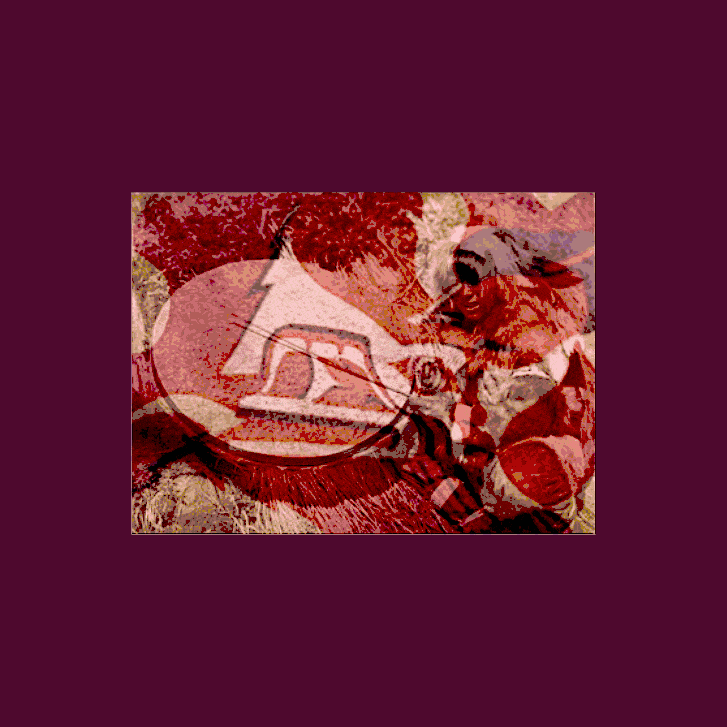
To understand the concept of Web3, let's first look back at the first two significant stages in the development of the Internet:
Web 1: The earliest internet iteration, Web 1, allowed users to access static web pages with basic information.
It was essentially a "read-only" platform where users could consume content but not interact with it.
Web2: Representing a significant leap forward, Web2 introduced a more dynamic and interactive experience with user-generated content.
Platforms like Facebook, YouTube, and Twitter thrived during this era, allowing users to create and engage with each other's content.
Web3: This phase aims to revolutionize how users interact with online platforms. Drawing a parallel with the offline world, imagine Web3 as a massive marketplace where people own their stalls (data) and directly exchange goods (information) instead of relying on a central authority like in Web2.
The analogy here can be compared to how the advent of AI revolutionized the tech world. Elements like the internet, Nvidia chips, and web services propelled AI's success.
Even though they were not designed specifically for AI, Web3 is built on existing technologies and unique features, like blockchain and cryptography, that set them apart from their predecessors in the state of surveillance of the Internet of Things data.
The Key Data Ownership Difference: Users Owning Their Data

One of the most critical differences between Web2 and Web3 lies in data ownership. In Web2, large corporations control most user data and benefit from it, sometimes at the expense of user privacy.
In contrast, Web3 facilitates decentralization, where users control their data through blockchain technologies such as zk proofs.
Web3 Use Cases and Benefits
Artists, creators, and users can greatly benefit from Web3 applications, which provide censorship-free platforms for all. A dedicated and frictionless ecosystem for content creators and consumers, like an NFT creator studio, is one example of Web3 applications.
The MBF-Lifestyle NFT creator studio exemplifies this new paradigm, enabling creators to mint unique digital pieces of art without the interference of intermediaries or centralized authorities.
This advancement shows its potential to usher in a new era of digital marketplaces that value stopping the fake, authenticity, security, and direct engagement between creators and their audiences.
Challenges and the Own Data Road Ahead
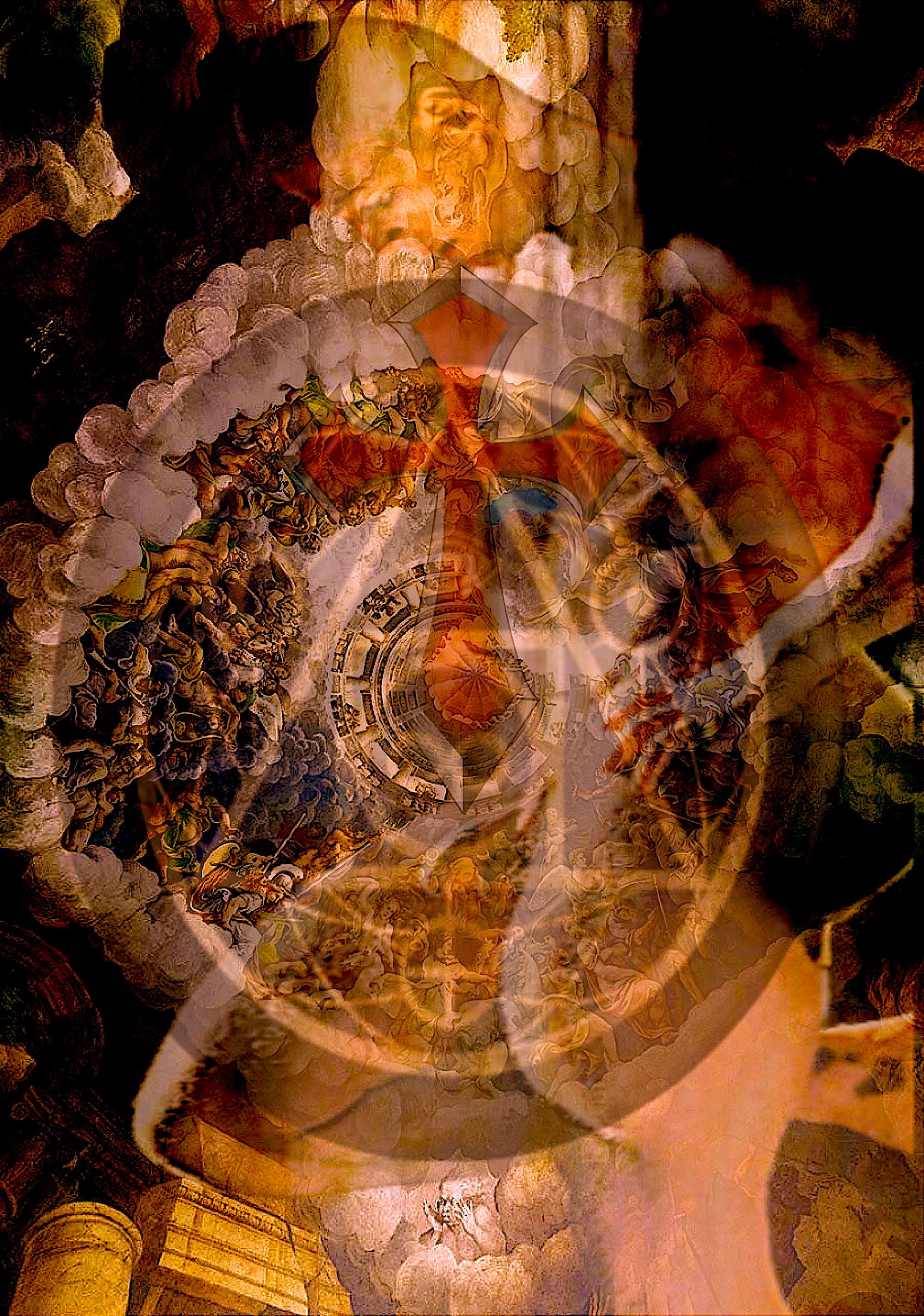
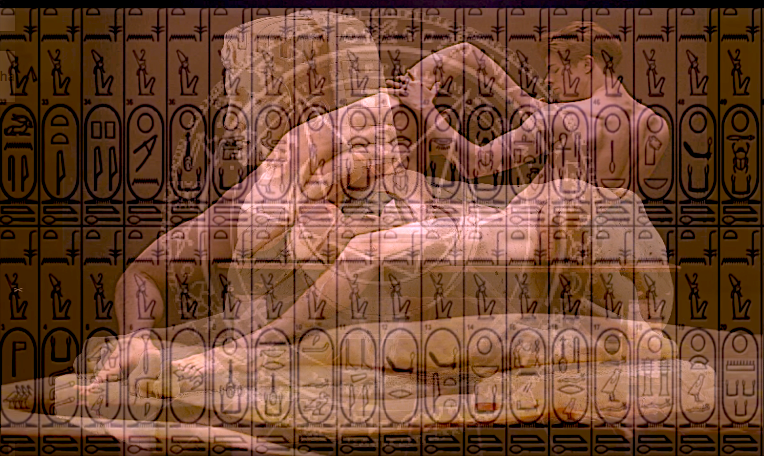

One significant concern for Web3 is mass adoption. As with any new technology, its success depends on its ability to create value for users and its seamless integration with our everyday digital lives.
However, as more people become aware of the shortcomings of Web2 systems, there is a significant opportunity for Web3 applications to become the new normal next-generation network that the blockchain coders are building for us all.
In conclusion, Web3 represents a pivotal moment in the evolution of data ownership on the internet. It aims to create a more transparent, user-centred online experience driven by decentralized platforms where users control their digital identity data.
Its success may change how we understand and interact with digital marketplaces, paving the way for a more equitable and secure digital environment in what is now the formative Wild West building phase.
User-generated content and digital data ownership

Who owns the data of Web 3.0 users?
With the emergence of Web 3.0, data control is shifting away from large corporations and into the hands of individuals.
This shift is driving a new internet that relies on decentralization with public and private keys for data protection security instead of central authority user names and passwords.
Now, user smart contracts with crypto wallet data are being stored in fully decentralized systems, which allows users to own their information free from manipulation or exploitation by Web 2.0 businesses.
This new paradigm promises to completely revolutionize the online economy as users gain control over how their data is used, stored, and shared with others.
It also offers greater sovereignty to those who use it, as no one has access to the underlying information unless they are given permission by the rightful owner using secure big data encryption technology.
In an increasingly digital world, Web 3.0 users will have complete ownership over any data they produce or collect, giving them unprecedented freedom regarding privacy and economic opportunity.
Does Web 3.0 enable people to control their data?

Absolutely! Web 3 is more than just a buzzword; it is an entirely new third-iteration concept for the internet that gives end users unprecedented control over their data.
With Web 3.0, Google and other online content providers have made it much easier for people to access and share data online in a secure and user-friendly way.
Central control in the third-generation decentralized internet
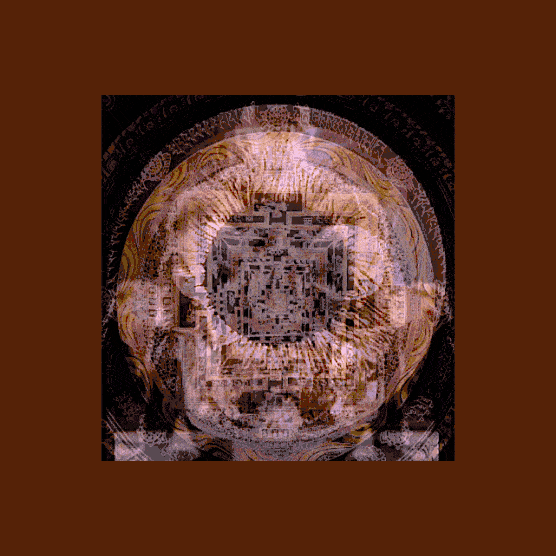
Unlike previous generations of web technology, where data was often stored on centralized servers with limited access controls, the new web standard enables end users to fully control who has access to their information and what they can do with it.
This puts the power back in the hands of consumers and promotes greater transparency when accessing and sharing digital content across networks.
How many users does Web 3.0 have?
The exact number of Web3 users is still being determined, as this technology is still in its infancy, and the adoption rate is rapidly increasing.
What we do know, however, is that Web 3.0 has made a paradigm shift from the traditional web, which consists mainly of static content, to one driven by tech companies offering services that are more interactive, personalized, and automated with AI-centric platform capabilities.
Digital assets take on new meaning on social media platforms.
Regarding current user numbers for Web 3.0, it's estimated that over half a billion people are engaging with online platforms powered by this technology each month across multiple sectors such as e-commerce, banking & finance, gaming & entertainment services, healthcare providers, educational institutions and controversial contemporary artists.
With so many data companies in the semantic web industries already adopting these technologies at an accelerated rate, the potential user base for Web 3.0 could be limitless in time!
Complete control of centralized exchanges dealing with online data has little or no control over all the data that flows through the digital assets online.
Hence, there is a need to enable users to have a safe, easy-to-use dashboard to control the sovereignty of their Intellectual property.
New meaning to digital identity in Web 3.0
Especially Contemporary artists who have been banned and prosecuted for their creative voice for centuries. We all have our preferences regarding what we expect this new blockchain technology to do to serve as a platform for valuable data privacy.
Here are five FAQs based on the provided text about the evolution of the internet and data ownership in Web 3.0:
1. What is Web 3.0, and how does it differ from Web 1.0 and Web 2.0?
Web 3.0 is the third generation of the internet, designed to give users control over their data through decentralized technologies like blockchain and cryptography. Unlike Web 1.0, which was "read-only," and Web 2.0, which allowed user interaction but centralized data control in corporate hands, Web 3.0 promotes a "read-write-own" model where users can manage and protect their digital information.
2. Who owns the data in Web 3.0?
In Web 3.0, data ownership shifts from tech corporations to individual users. With the help of blockchain, smart contracts, and decentralized storage systems, users can control, encrypt, and share their data securely. Access is granted only with the owner's permission, significantly departing from Web 2.0's corporate data monopoly.
3. What are the benefits of Web 3.0 for artists and content creators?
Web 3.0 enables creators to publish and sell their work without relying on centralized platforms. For example, NFT creator studios like MBF-Lifestyle allow artists to mint, showcase, and sell digital art directly to their audience, ensuring authenticity, security, and full ownership of their creations and revenue streams.
4. Does Web 3.0 enhance privacy and security?
Yes. Web 3.0 uses public and private keys, decentralized identity systems, and cryptographic protocols like zk proofs to enhance user privacy. It eliminates the need for traditional username-password systems, reducing the risk of data breaches and giving users full sovereignty over their digital identities.
5. How many people are using Web 3.0 today?
While exact numbers are fluid due to the evolving nature of Web 3.0, it's estimated that over half a billion people interact with platforms powered by Web 3.0 technologies across sectors like finance, entertainment, healthcare, and education. As awareness and adoption grow, this user base is expected to expand significantly.
